Check out this article looking at how cryptocurrency is reshaping the retail industry
Retail is quietly evolving. While most shoppers still use cards, apps, or cash, cryptocurrency is starting to shape how payments, loyalty programmes, and sourcing work. The shift has been gradual but steady.
Crypto in retail is introducing options that could potentially feel as familiar as scanning a QR code or tapping a card in the future for several reasons, which will be covered in this article.
Faster, More Efficient Payments
Payment processing is one of the most expensive and time-consuming elements of modern retail. Every credit or debit card transaction involves a chain of approvals and fees that eat into margins. However, cryptocurrency offers a different model.
Cryptocurrencies like Bitcoin and Ethereum introduced peer-to-peer payments, but stablecoins are what is truly gaining traction in retail. This is because stablecoins are pegged to traditional currencies like the US dollar or the euro. Money moves instantly with these assets, just like other digital payments. Beyond that, its value stays stable, unlike other crypto coins.
With stablecoins, payments can be settled in seconds rather than days, even across borders. Consumers won't have to worry about converting their money anymore. At the same time, Bitcoin still plays a role.
Though its price can fluctuate, industries like real estate and online casinos are using it for transactions due to its transparency and global access. The top Bitcoin Casinos for UK players, for example, let users fund accounts with Bitcoin and enjoy near-instant payouts, large game selections, and perks like welcome rewards, cashback, and free spins. These sectors help retailers see where Bitcoin might fit into future payment strategies.
Though crypto may not be mainstream in a retail setting to date, crypto payment integration is growing. Some major retailers and payment processors are already laying the groundwork.
More Flexible Loyalty Programmes
Customer loyalty has always been a central part of retail, but many traditional programs have limitations. Points often expire, are difficult to track, or are restricted to a single store. Blockchain is enabling a different approach, one where customers earn digital tokens instead of traditional points.
These can be exchanged, saved, or used creatively depending on how the program is set up, and because tokens are traceable and verifiable, the system is harder to exploit and easier to manage. Retailers also gain flexibility.
They can offer promotions that are time-limited, linked to specific items, or based on customer activity. Smart contracts can also be used to automate this process without additional administrative burden. When loyalty programs genuinely resonate with customers, they foster the enduring customer relationships vital for brand prosperity.
Greater Transparency in the Supply Chain
Consumers are paying closer attention to the origin of the products they buy. With blockchain, every stage of a product’s journey, from raw materials to packaging to distribution, can be recorded in a secure, unchangeable ledger.
Shoppers can get that information, usually by scanning a QR code right on the product's package. When customers choose based on belief, showing the entire path your product takes from source to shelf can be the main reason they pick your brand.
Introducing Micropayments and New Retail Models
Some products and services are difficult to sell in small increments using traditional payment methods. Cryptocurrency changes this by enabling micropayments: small, real-time transactions that are affordable and easy to process.
This supports digital content, timed rentals, and one-off services, especially on mobile apps and on-demand platforms. Micropayments also matter in regions with limited banking access. With just a phone and a crypto wallet, a customer can make purchases, save, or send payments, no credit card or bank account needed.
Store Branded Digital Tokens
Some large retailers are exploring branded digital currencies, tokens that work like store credit but offer more flexibility. These tokens can be used to make purchases, unlock discounts, or access special promotions, potentially replacing gift cards or promo codes. Unlike traditional credit, they can be programmed to offer perks like early product access or dynamic rewards, giving retailers more control and customers more value.
Navigating Regulations and Security
With new technology comes responsibility. Stores accepting digital currency also need to keep crypto regulations in mind. This includes tax rules, data privacy, and financial reporting. Security matters too. Retailers must protect wallets, transactions, and customer data.
Many bring in crypto specialists to keep systems secure and ethical. While laws are still developing in many countries, the direction is clear: cryptocurrency use in retail will need to meet the same high standards as any financial system. Responsible adoption will depend on strong internal controls and careful oversight.
Conclusion
Cryptocurrency is gradually becoming part of the retail landscape. It doesn’t replace current systems but adds useful tools for payments, loyalty, transparency, and innovation. Retailers seeing the most value focus on utility, solving problems, cutting costs, and meeting changing customer needs.







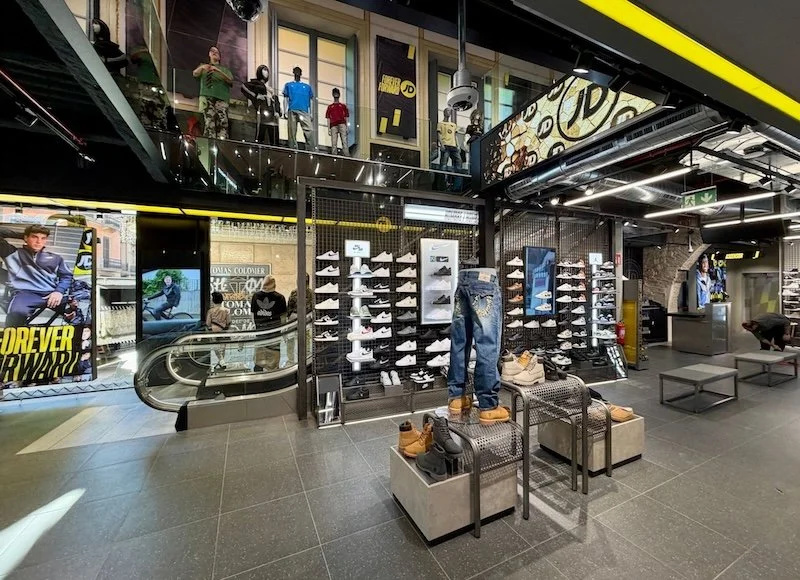



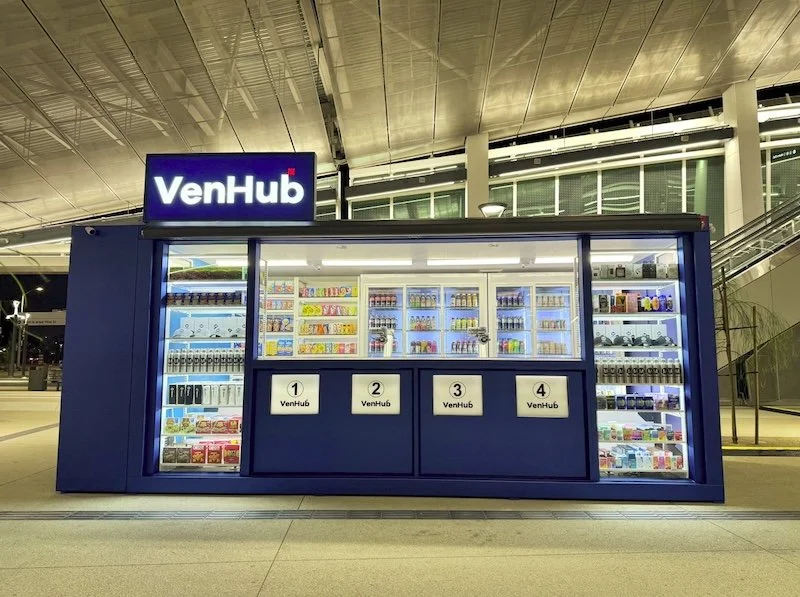

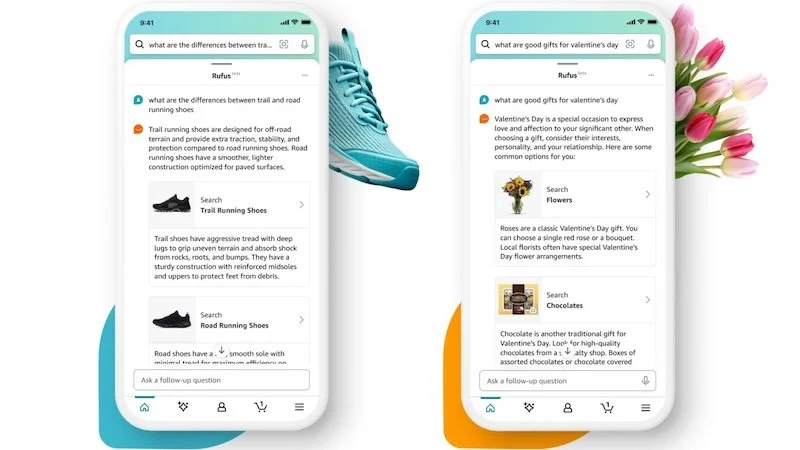



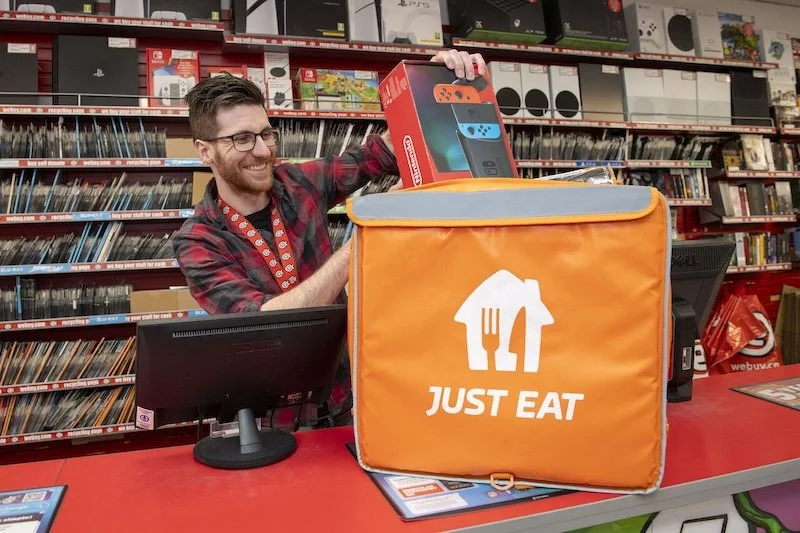





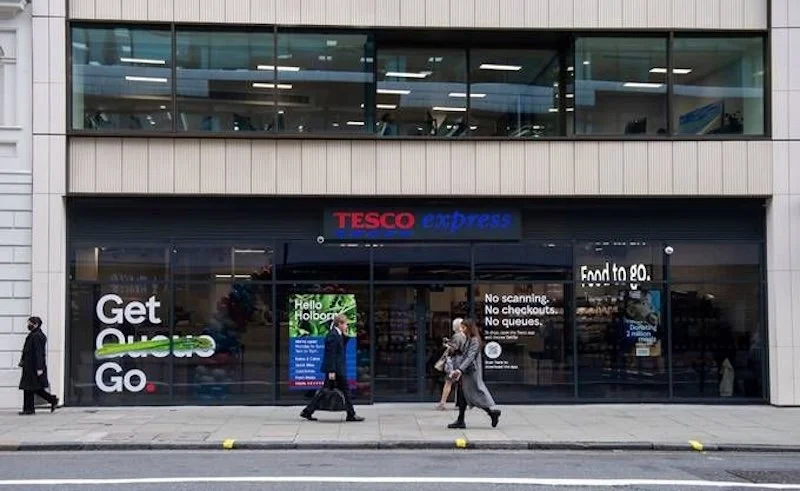
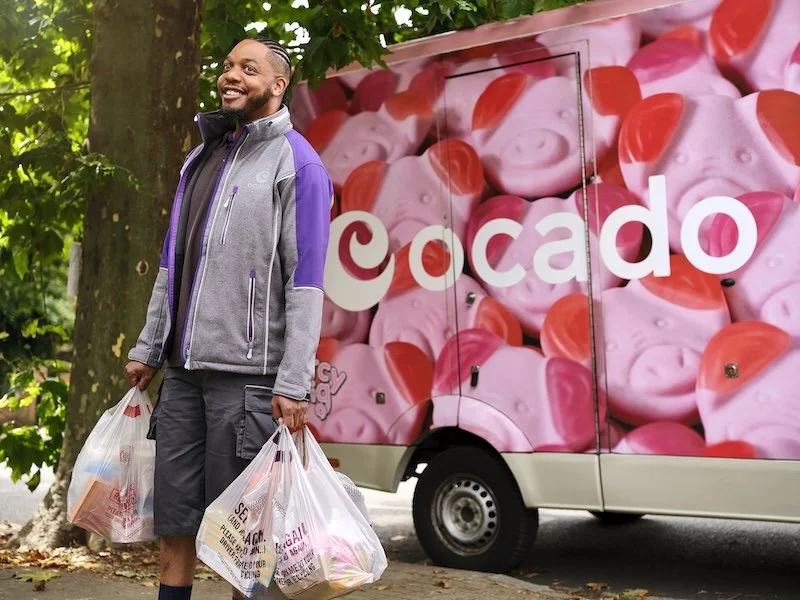






Continue reading…